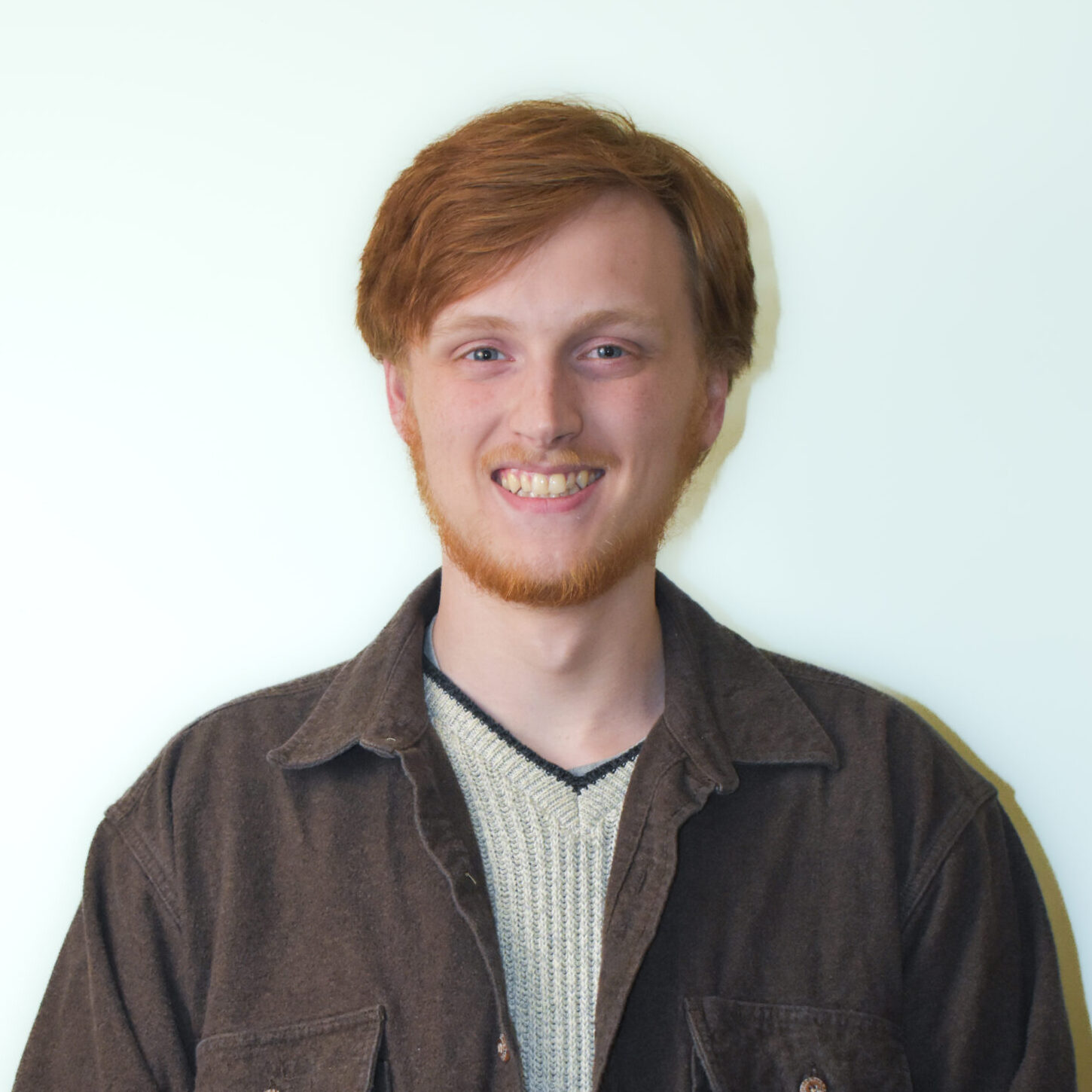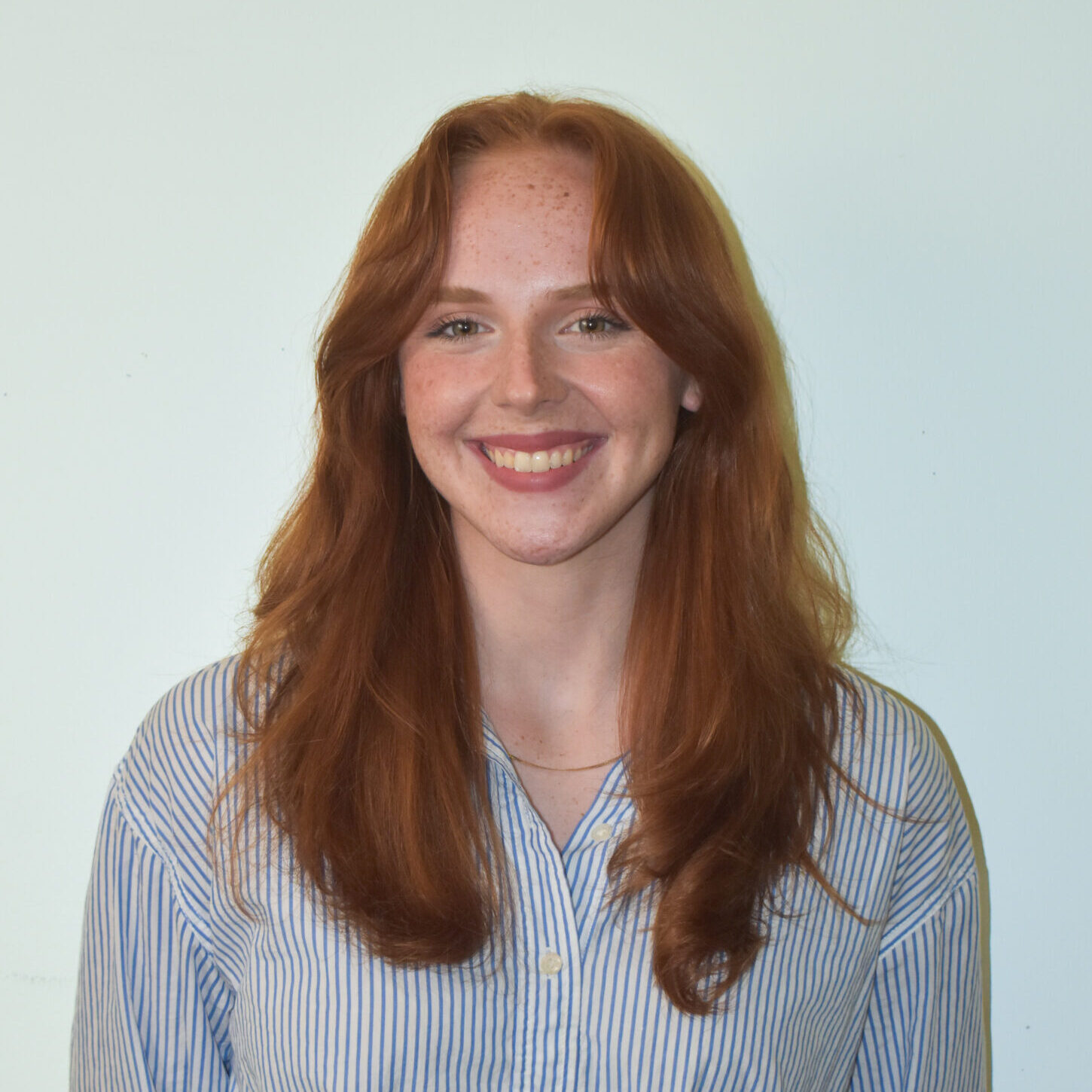The Symposium began March 23 in the Galvin Auditorium in the Sullivan Center on the Lake Shore Campus and moved to Wintrust Hall on the Water Tower Campus March 24.
Loyola Hosts First Black Europe Symposium in Celebration of Black European History
The Department of Modern Languages and Literatures held its first Black Europe Symposium, a two-day event featuring multiple speakers of African descent who are currently living or working in Europe.
The purpose of this event was to showcase to audience members the importance of Black history in the formation of European history and how it remains relevant to this day, according to Peter Schraeder, the dean of the College of Arts and Sciences.
The Symposium began March 23 in the Galvin Auditorium in the Sullivan Center on the Lake Shore Campus and moved to Wintrust Hall on the Water Tower Campus March 24.
The first day started with opening remarks from Schraeder and the founding Dean of the Institute for Racial Justice (IRJ) Malik Henfield. The opening speeches were followed by a showing of Senegalese and Mauritanian filmmaker Hamedine Kane’s documentary “The Blue House” and a virtual Q&A with Kane translated from French to English for the audience by Eliana Văgălău, assistant professor of francophone literature and one of the Symposium’s hosts.
“The Blue House” is a documentary-style film closely following a refugee named Alpha who built a thatch-roof hut in a migrant camp nicknamed the “Jungle” near Calais, France. Before Alpha’s home is destroyed by the end of the film, he turns his own home into artwork while speaking about his experiences as a refugee.
Approximately 100 audience members attended the screening of “The Blue House” and around half remained for the Q&A once the film had ended. Kane was unable to attend the event in-person as he couldn’t attain an American visa in time for the film showing, according to Văgălău.
Kane said he was proud to have his film viewed in the United States, and he was grateful to the audience for watching.
Schraeder said events like this are important, because it helps to build interdisciplinary bridges between students and racial history on a global scale.
Lucia Delaini, a PhD student at Northwestern University from Italy, attended the first day of the Symposium after seeing an advertisement at the Italian Cultural Institute of Chicago.
“In Italy, we never talk about this stuff, or very little — not enough, anyways,” Delaini said. “It’s interesting, very interesting, for me to see how desperate the situation was even before Syria. Because in Europe, we tend to think that the migration situation has been very bad because of Syria, but actually what we refuse to see is that our politics have made it very bad even before.”
The second day consisted of three panel discussions. The first centered around American literary translator Hope Campbell Gustafson. The second focused on Somali writer Ubah Cristina Ali Farah and Haitian writer Néhémy Pierre-Dahomey. The third invited Farah and Pierre-Dahomey back alongside Liberian-Italian artist Anna “Karima 2G” Maria Gehnyei, according to the Symposium’s website.
Another speaker, historian Tristan Cabello, was scheduled to attend the first event, but was forced to cancel after testing positive for COVID-19.
Farah read her short story “The Dance of the Oryx” in Italian while the English translation was shown on screen behind her. In her Q&A section, Farah said she wanted to depict a new version of a woman through her work.
Farah based the piece off the portrait “Homeward Bound” by Wangechi Mutu, and it follows the story of a Somalian woman and warrior found and taken by a white man to be a part of a colonial exhibition or human zoo before she later escapes.
Gehnyei presented two of her works at the beginning of the third panel. One was the music video for her song “Orangutan” from her debut album “2G.” The song refers to a racist backlash in Italy when the country’s first Black cabinet minister, Cecile Kyenge, was compared to an orangutan by Italian Senate vice president Roberto Calderoli in 2013, according to the Associated Press.
“The Italian national newspapers, international newspapers define me as an activist and especially in Italy, it’s hard to say that I do politics,” Gehnyei said. “Well, I think that I am politics, which is different. Because if you don’t have the right to live, you have to be an activist.”
During the last panel of the Symposium, an audience member questioned Pierre-Dahomey about African immigration and being Black in France. Pierre-Dahomey said being Black in France is different than in the US because of the principle of universalism, meaning recognition of being a French citizen regardless of race, is widely accepted.
“When I invited him to take part in the Black Europe Symposium, his answer was, ‘Well, I am neither European nor Black, so,’” Văgălău said about Pierre-Dahomey.
During the Symposium, Văgălău translated for Pierre-Dahomey.
“He’s explaining that because he grew up in Haiti, before moving to France 12 [years-ago], he discovered that he was Black in France,” Văgălău said. “He was unaware of that before.”
Aisling Heaphy, a double major in French and political science, said she attended the event for a class in which she had to read the book by Pierre-Dahomey. Even though attendance was required for the class, she said she was glad she went.
“The translator mentioned that in Europe they sometimes consider themselves to be a post-racial society and brush it off, seeing them as problems in the United States,” Heaphy said. “I think it’s cool to see it being acknowledged and showcase authors that have called out Europe on its racism and also experienced it. It’s showing a perspective that you don’t get to see or think about very often.”
The Symposium was devised and hosted by Văgălău and Cristina Lombardi-Diop, an assistant professor of Italian studies and head of the Italian program. Văgălău and Lombardi-Diop moderated each event and translated questions to and from the audience during the Q&A sections.
Farah said she hopes students are able to compare and contrast the Black experience within different areas of the world following attendance of the event.
“I think that this issue about Blackness exists in Europe in a different way than in the U.S.,” Farah said.
Pierre Dahomey said he thought the Symposium was an amazing experience and encouraged the university to repeat the event again next year. He said he appreciated the different opinions each of the guest speakers brought to the table.
“All the answers were different from the same questions,” Pierre Dahomey said. “Between Ubah, between me, and other invited [guests], that means maybe we are Black in Europe, but we don’t see things exactly the same way. I learned the different points of view we can have on Europe, and on Black people in Europe.”
Heaphy said she finds it important to recognize racism as a global issue.
“Cristina Lombardi-Diop brought up George Floyd, and so obviously we have major racial issues in our society,” Heaphy said. “I think working through that by looking at other societies as well is important.”
The Symposium was cosponsored by the IRJ, the Dean’s Office, the Provost’s Office, the Interdisciplinary Honors Program, the Global Studies Program and the Italian Cultural Institute of Chicago. Văgălău said she hopes to make the Symposium a biannual event.
Featured image by Holden Green | The Phoenix
-

Hunter Minné wrote his first article for The Phoenix during just his first week as a first-year at Loyola. Now in his third-year on staff and second as a Deputy News Editor, the Atlanta-native is studying journalism, political science and environmental communication alongside his work at the paper. For fun he yells at geese.
View all posts -

Lilli Malone is the News Editor of The Phoenix and has written for the paper since the first week of her first-year. She is studying journalism, criminal justice and political science, is on the board of SPJ Loyola and was previously the deputy news editor of The Phoenix. She has worked as a Breaking News Correspondent for The Daily Herald, and has interned at Block Club Chicago, Quotable Magazine, and UCLA. Originally from Columbus, Ohio, Malone enjoys traveling, reading, and telling the stories of Loyola and Rogers Park community members.
View all posts
Topics
Get the Loyola Phoenix newsletter straight to your inbox!


